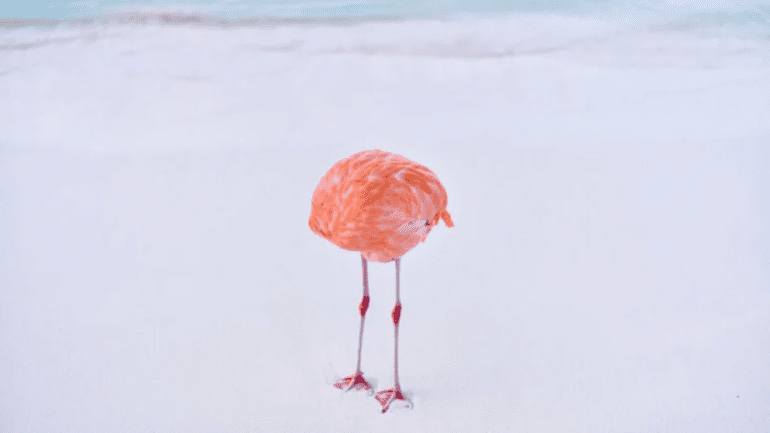- Photographer Miles Astray disqualified from prestigious picture competition after his genuine photo triumphs in AI category.
- Astray aimed to challenge AI dominance in photography contests by submitting a real, albeit surreal, image.
- Judges from renowned organizations fail to recognize authenticity, leading to Astray’s disqualification.
- Contest organizers emphasize adherence to category criteria for equitable opportunities among participants.
- Astray’s strategic move highlights ongoing discourse on AI’s impact on creative industries and reaffirms the value of genuine artistic expression.
Main AI News:
After clinching the top spot in the AI image category, a photographer finds himself disqualified from a prestigious picture competition. Miles Astray’s surreal depiction of a flamingo, though genuine, raised eyebrows as it triumphed in the 1839 Color Photography Awards’ AI category, securing not only the third position but also the coveted People’s Vote Award.
In an exclusive email exchange with PetaPixel, Astray expressed his intention behind the submission, stating, “I aimed to showcase nature’s superiority over machines and underscore the value of authentic creativity.” He highlighted growing concerns over AI-generated imagery overshadowing genuine photographic efforts in contests, prompting him to subvert the narrative by entering a real photo into an AI competition.
The contest’s judging panel, comprising esteemed professionals from The New York Times, Getty Images, Phaidon Press, Christie’s, and Maddox Gallery, failed to discern the authenticity of Astray’s submission. Despite his attempt to challenge conventional norms, the organizers emphasized adherence to specific category criteria to uphold fairness for all participants, resulting in his disqualification.
“We recognize the compelling message conveyed by Astray’s entry; however, it deviated from the designated criteria for the AI-generated image category,” a spokesperson conveyed via email to PetaPixel. “While his endeavor is noteworthy, we aim to maintain equitable opportunities for all artists in their respective categories.”
Astray’s endeavor sheds light on the ongoing discourse surrounding AI’s impact on creative industries. As AI-generated content garners increasing attention, his strategic move serves as a reminder of the irreplaceable essence of genuine artistic expression. Despite the setback, Astray remains steadfast in his belief, affirming, “Mother Nature’s boundless creativity remains unparalleled, transcending any technological marvel.”
Conclusion:
Astray’s disqualification underscores the challenge of maintaining fairness and authenticity in photography contests amidst the rise of AI-generated imagery. It reflects the need for clearer guidelines and heightened awareness to preserve the integrity of creative competitions and uphold the value of genuine artistic endeavors in the market.

